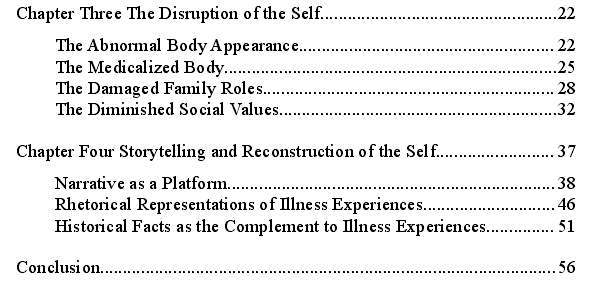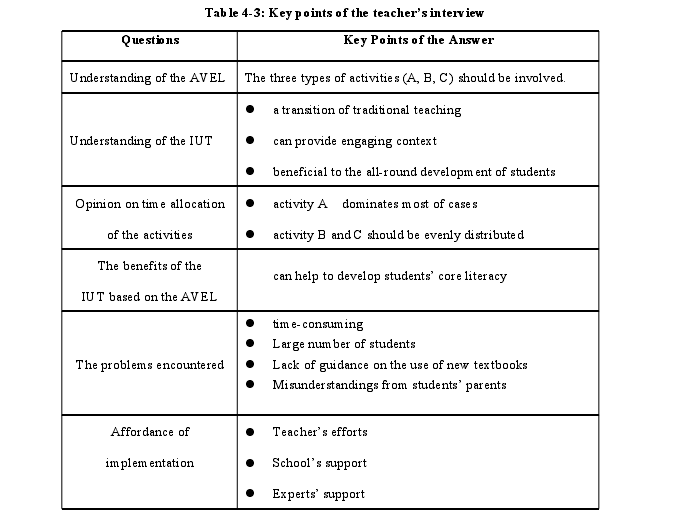英语论文哪里有?本文围绕着开头、中间和结尾的线性叙事结构将破碎和混乱的经历转化为一个具有形状和连贯性的故事。此外,隐喻性语言通过展现身体疼痛和情感痛苦来传达疾病体验的强度,这些疼痛和情感痛苦不在经验范围内,难以定义。面对无法描述的疾病经历,他们参考生物医学史上的乳腺癌故事,试图弥合疾病造成的经验差距。
Chapter OneBreast Cancer Memoirs and Their Critical Reception
Breast Cancer Memoirs
Women’s breast cancer memoirs first appeared during the mid-1970s, on the heelsof the second wave of the Women’s Movement. Breast Cancer: A Personal History andan Investigative Report (1975) by Rose Kushner was among the first memoirs to depictthe experience of radical mastectomy. Kushner criticized mastectomy for it removed theentire breast during the process of biopsy, which left the detrimental effect on her body.Similarly, Betty Rollin accounted her mastectomy in her memoir — First, You Cry(1976) that was adapted into a movie. In 1980, Audre Lorde published The CancerJournal, the first African American breast cancer memoir. She questioned the generalidea that the postmastectomy women were white, straight, and eager for reconstructionsurgery. Yet Lorde encouraged breast cancer patients of all races and sexualities to findtheir own voice and share their own stories within the heterosexual culture. Early breastcancer memoirs were full of solid information about preventing the disease, and dealingwith physicians and family members. In the 1990s, the memoirs came to concern aboutthe identity-related issues occasioned by breast cancer. Juliet Wittman’s Breast CancerJournal: A Century of Petals (1993) pointed out that breast cancer was not merely amedical problem; it caused the identity crisis among the cancer patients. The loss of herbreast became a loss of womanliness that the reconstruction of the breast could notrecover. That same year, Musa Mayer saw her illness in her memoir Examining Myselfas more than a physical crisis; instead as the process of finding meanings ascribed tobreast cancer by accepting it as a major challenge to her identity.

Chapter ThreeThe Disruption of the Self
The Abnormal Body Appearance
Women’s bodies are perceived as either sex objects or objects of beauty, and areconstantly subject to evaluation and judgement that come from social media. Womenlearn that their bodies should be feminist, beautiful, sexy, and remain youthful.However, women with breast cancer live through the most dreadful body changes infunction and appearance as the result of chemotherapy, radiation, and mastectomy. Theyhave to bear physical pain and emotional distress whether changes are temporary orpermanent. Side effects of treatment bring about disfigured femininity and sexuality.Hair loss is a common problem that confronts women with breast cancer. When thesurgeon recommends Gabriel chemotherapy, she ponders over risks of losing her hair:
After accepting chemotherapy, Gabriel has experienced hair loss: “AFTER THESECOND session, my hair begins to go. I cling. I cling. But it falls away from me. Iconfront evidence of own dying ... Like everything else, it is falling away from me”(218). Gabriel emphasizes the deviance in her appearance — loss of hair due tochemotherapy as the significant source for losing part of herself.
Nor is Riggs comfortable with hair loss because her hair becomes “patchy and notvaguely pretty.” She makes a bold decision to have a shave. Shaving her hair makes hertense. When her husband asks her to keep her chin high in case of being hurt by clippers,she replies that “I haven’t had a deep breath in years” (Riggs 47). Breast cancer weighsheavily on Riggs’s mind and makes her life uneasy. At this time, her body is alienedfrom her self, as she groans: “Our bodies are not our own. Hers was questioned by theSS; mine by illness, medicine” (96).
Chapter FourStorytelling and Reconstruction of the Self
Narrative as a Platform
At the onset of the illness, the individual comes face to face with two questions:What happens? and Why me? To transform the illness experience into a biographiccontext is to connect the event with the life experience and with the circumstance wherethe individual lives. In their life writings, both Gabriel and Riggs successfully form anarrative platform which serves as a vantage point from which they can observe andinterpret the occurrence of the disruptive events in their lives.
Gabriel’s illness story is a family story of love, pain, and illness in which shereveals readers her illness experience, her mother’s death and her relationship with herfather. She writes in the prologue of the memoir: “I ALWAYS THOUGHT I wouldwrite novels about relationships. Subtle psychological studies of the contemporaryfamily, its disintegrations and reformations; the long shadow play of gender;generations across time” (1). As for Gabriel, her endeavors to make sense of what breastcancer means and how the disease happens to her are accomplished through her quest ofthe family history that mutation genes have killed many female members. Gabriel’s lifeis defined by inheritance, in that she lives in the shadows cast by her grandmother,mother and a cousin who died of ovarian cancer. And she is diagnosed with breastcancer that is related to the BRCA1 gene mutation which she inherited from her mother.When she was young, all her peers enjoyed the intimate mother-daughter relationshipbut she was alone without maternal guidance. After growing up, her life becomes astruggle to process her anger and grief over her mother’s death and her father’semotional withdrawal. Breast cancer offers Gabriel a chance to get into her familyhistory of genetic mutations, to consolidate a relation through recounting the pastexperience of her mother contracting cancer. As Amy Boesky says, “Authors of BRCAmemoirs recognize their stories are nested in familial narratives of foreboding and loss.The blurred boundaries between mother, daughter, and sister make the ‘telling’ of suchmemories especially difficult” (“From Diagnosis to Gnosis” 86). Illness story aboutGabriel’s mother is part of her knowledge of breast cancer, which helps Gabriel tomaster over her own illness.

Rhetorical Representations of Illness Experiences
To achieve their purposes of reconstructing self in the course of illness, Gabrieland Riggs use a particular narrative structure. Meanwhile, metaphoric languages areways to convey these experiences that are hard to name.
Lackoff and Jonson maintain that “The essence of metaphor is understanding andexperiencing one kind of thing or experience in terms of another” (455). It is throughchoosing a concrete and familiar entity in the everyday life to describe an uncertain,abstract and new entity. Metaphor bridges the journey from the known to the unknown.Montgomery goes further, arguing that the modern medical thinking and practices aregenerated around conceptional metaphors. The biomilitary metaphors represent thebody’s responses to the disease, such as “attacking” or “defensing” as well as portraybody in terms of health and illness as communication system “messages”, “encoding”and “receptor” (165). In cancer memoirs, there is the dominance of war-like metaphors.To illustrate, an enemy is breast cancer; a warrior is the patient; a battleground is thebreast or the body; a weapon is chemotherapy or radiation; an ally is the physician. Forcancer patients, metaphors impose order on the disordered illness experiences inhelping them naturalize, conceptualize and make sense of the disruption to individuals’selves.
Conclusion
In closing, my goal of analyzing these two memoirs is to examine the writers’descriptions of their personal illness experience within a wider scope of social andcultural context. Breast cancer not only affects their biology, but their personalrelationships. Women’s experience with breast cancer usually begins with image-relatedissues such as hair loss or body deformity. The deviation in their appearance positionswomen as the “others” or the “strangers” who are brought forward into the public eye.In such a state, women cannot take their bodies for granted since cancer disrupts theirinner connections with their selves.
The difficulty Gabriel and Riggs have in recognizing their changed body as theirselves results from their attachment to their previous physical features. They used tohave long hair and breasts that symbolize their femininity and sexuality. But when themirrored images of their bodies are different from what they used to be, they feelalienated from their bodies. “Bodily appearance, more than being an expression of self,is an object of identification in constructing one’s self” (Ucok 306). A radical change intheir physical features results in a struggle of identifying their selves because the waythat they look does not match with the way that they are supposed to look. Breastcancer disrupts the continuity of the female body images, thus contributing tocollapsing of selfhood.
In addition, cancer destroys their selves because of invasive treatments andhegemonic medical systems. The emphasis on breast in medical check-ups intensifiesGabriel and Riggs’s sense of losing their breasts, and the radical chemotherapy leavesscars on their bodies. To restore the symmetrical breast, they have to undergo breastreconstruction. Every process of surgery intensifies pain. Besides, they have limitedability in making decisions about their treatment. The impotence results in feelings ofvulnerability and broken sense of selfhood.
reference(omitted)

